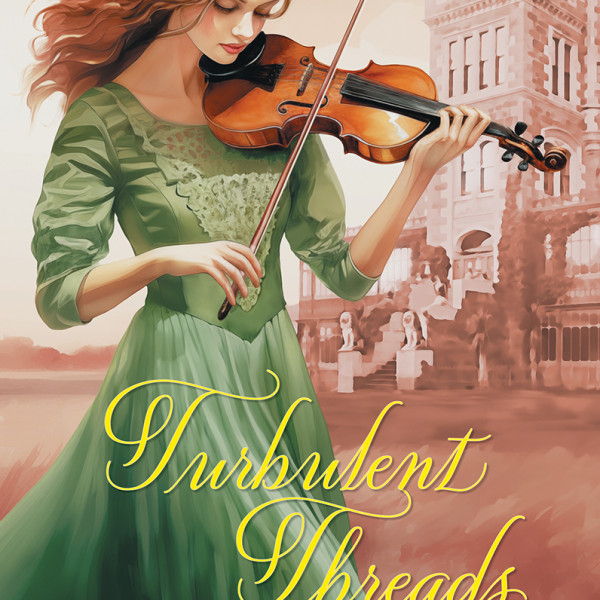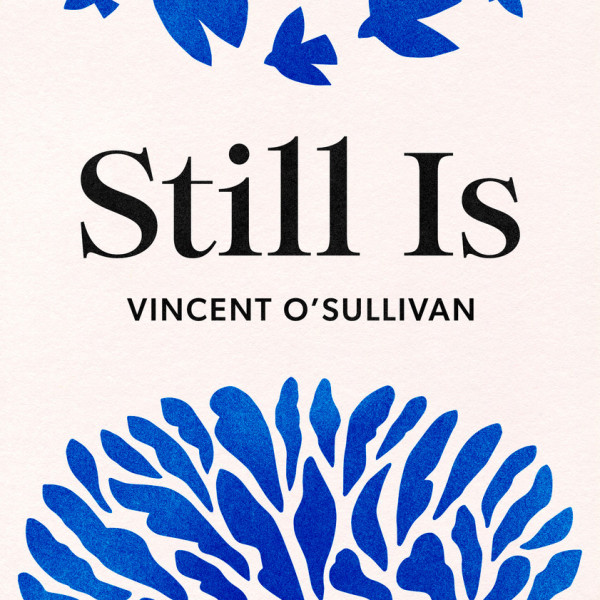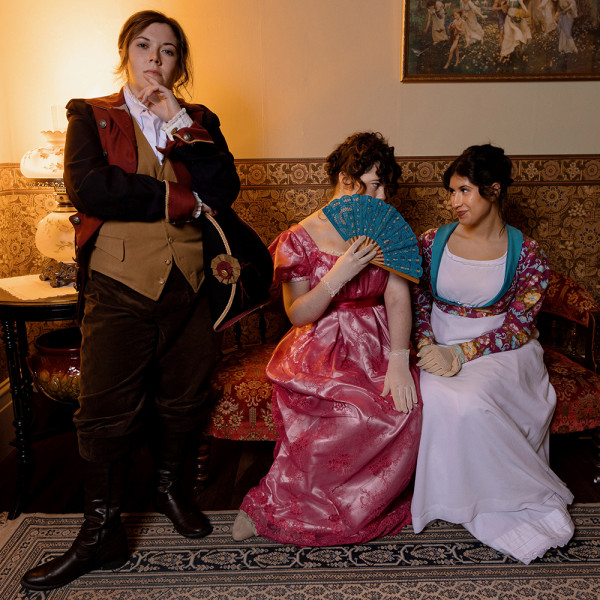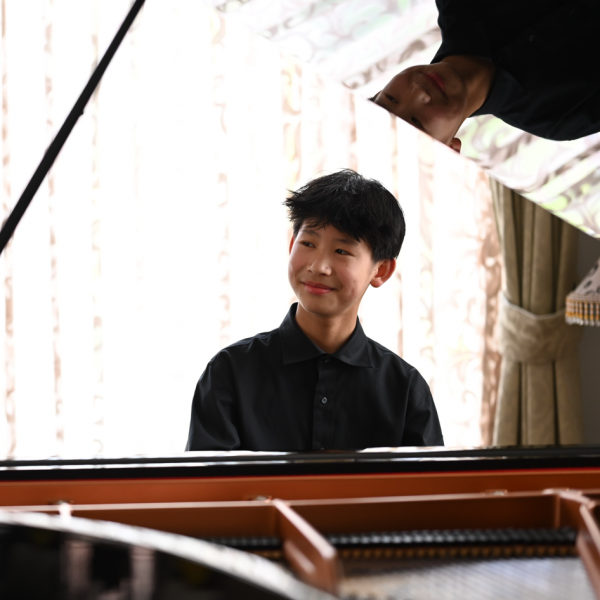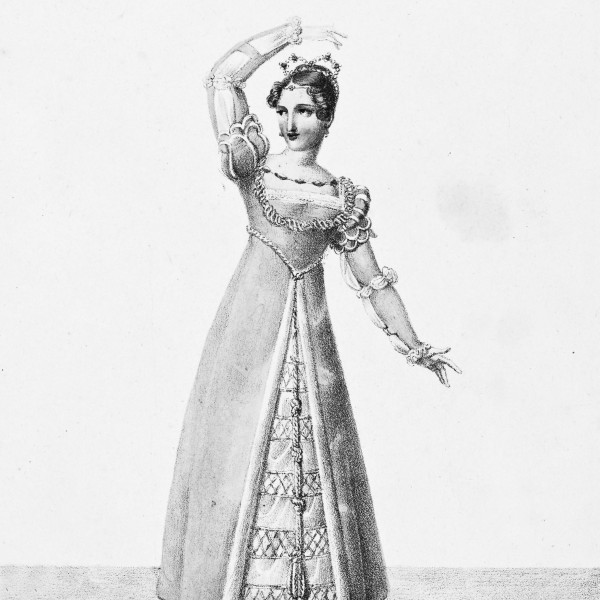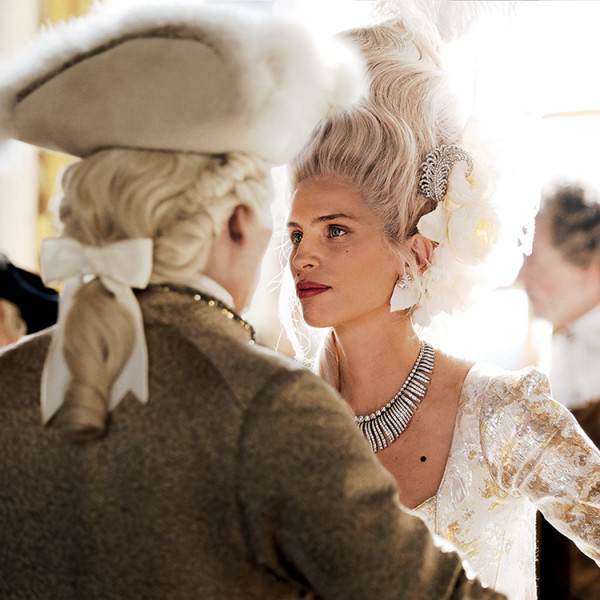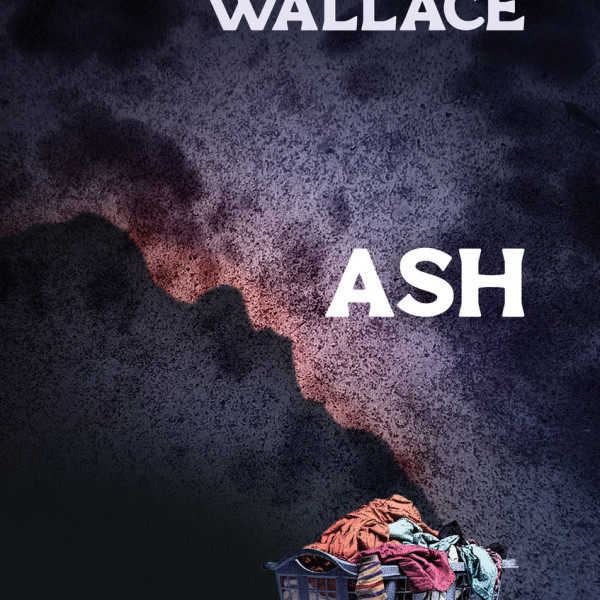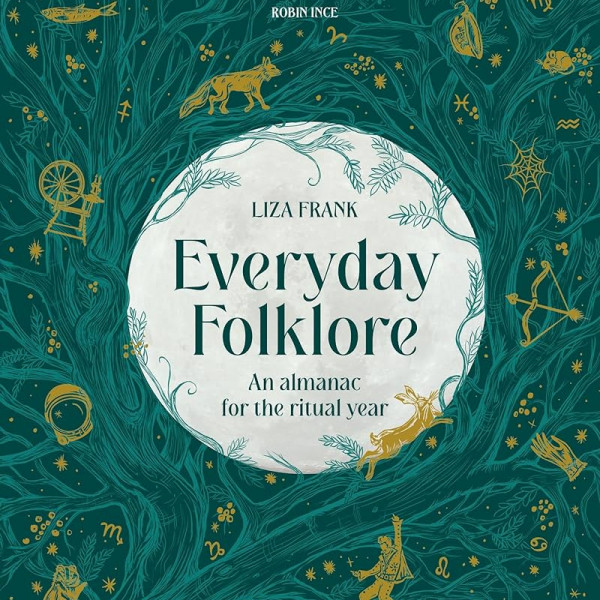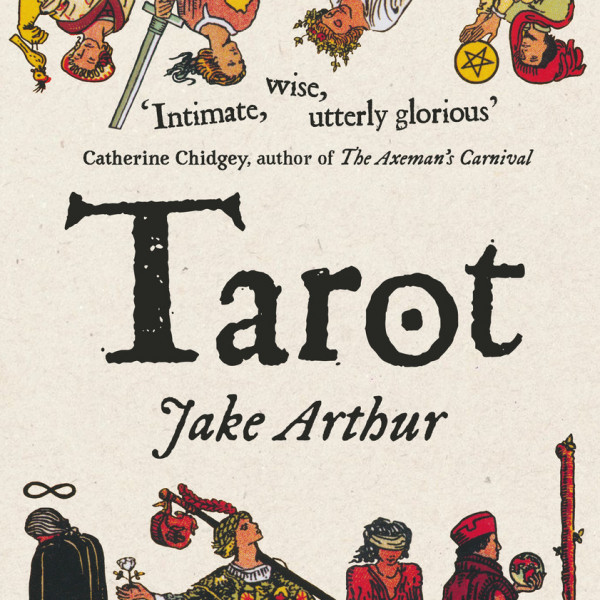
A single word forms the title of Jake Arthur’s second poetry collection. But it’s an evocative one. The Tarot card pack, dating from the 15th century, was (and is) used by practitioners to draw conclusions about past, present, and future.
Your scepticism about such prophesying may be well founded, but you can cast it aside for a perusal – I’m going to avoid the word ‘reading’ – of Tarot, which comprises extraordinarily compelling poems based on this ancient card pack and its preoccupation with matters spiritual, amorous, and prosaic. We are going to get a reading, though, in the form of revelations and advice for a young man.
“We’re bequeathed youth / and slowly it’s repossessed / Like a reversed equity mortgage” from His Mien illustrates Arthur’s characteristic juxtaposition of images to make an observation.
I loved Lost Bantam, a ballad recounting Jim the sailor’s fate. Jim suffers “the hurdy-gurdy of his sealeglessness”, falls overboard and is stranded on an island. “He knew the map of the world was complete / But here he was on an oversight”. His encounter with another human being on the island leads to an encounter of a special kind, superbly rendered by our poet with language that simultaneously describes and conceals.
Of the many memorable poems here, one stands out as bound to give you shivers down your spine. This is Life hack, a mixture of prophecy and lament. It begins “Apt it would end in a fit of pique. / The world I mean.” and goes on to tell us what fate we may be headed for. But the language! It’s mind-blowingly beautiful in its wistful imagery, even when describing horrors. And Arthur concludes it with a despairing question for us all. This is our poet at his finest.
Jake Arthur has a PhD in Renaissance literature, and his erudition shows. But he’s not showing off. On the contrary, Tarot is an extraordinary display of the poet’s gift turned to devastatingly salutary and heart-wrenching effect.





